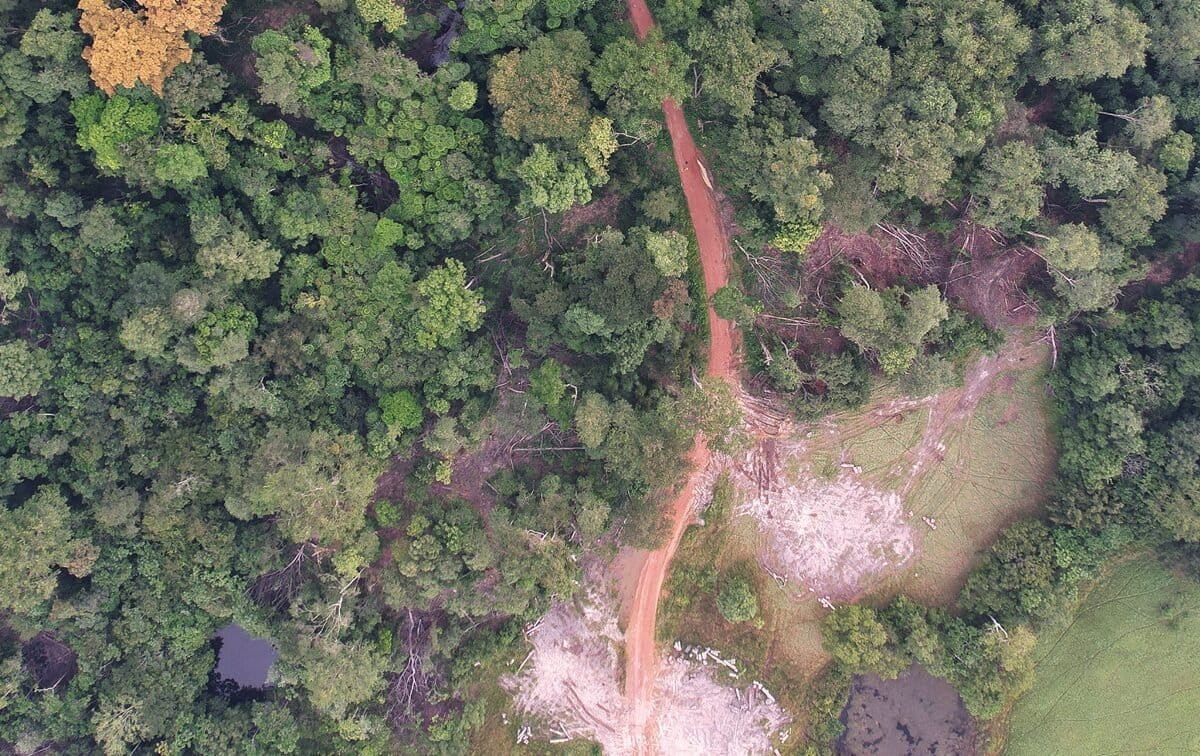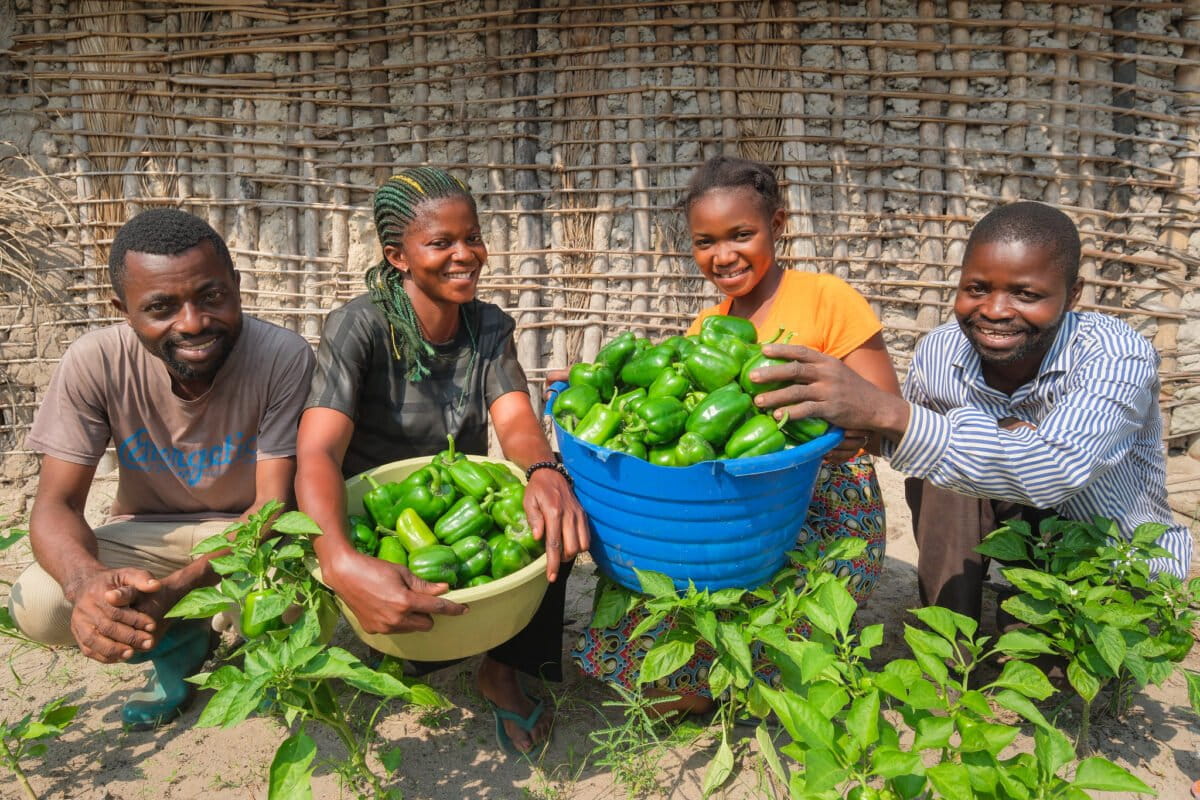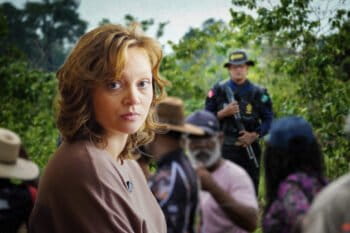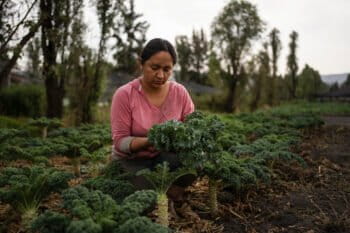This story is a collaboration between The Associated Press and Mongabay.
MEXICO CITY, Mexico — After years of working abroad in marine conservation, Cassandra Garduño returned home to find the chinampas of her childhood, Mexico City’s ancient floating farms, choked with pollution and abandoned.
Instead of walking away, she bought a piece of land and began the hard work of cleaning, restoring and planting. Now, Cassandra is part of a small but determined group of farmers reviving these Aztec farming systems, where rich volcanic soil and canal water can produce harvests all year-round.
A chinampa is an ingenious farming system developed in Mexico more than 1,000 years ago. Often called floating gardens, chinampas are small, rectangular plots of fertile land built on shallow lake beds. Farmers created them by layering mud, sediment and vegetation to form islands, which were reinforced with willow trees planted along the edges.
Even today, the chinampas of Xochimilco in Mexico City are recognized by the U.N.’s Food and Agriculture Organization as one of the most sustainable and productive agricultural systems in the world.
Cassandra’s mission goes beyond food. Teaming up with researchers from the National Autonomous University of Mexico (UNAM), Cassandra is helping to clean the water, protect the endangered axolotl (Ambystoma mexicanum) and share traditional knowledge with a new generation of chinampa farmers.
Through farming, she’s reconnecting people with their land, their water and with each other — proving that ancient wisdom may hold the key to a sustainable future.
Hands On – Stories that build change
Hands-On is an inspiring series highlighting the “making-of” hands-on ancestral and innovative practices of Indigenous and local communities to address environmental challenges. It showcases ancient wisdom, craftsmanship and other new approaches to preserving or restoring unique practices. This series tells the stories of everyday people confronting climate threats with courage, creativity and care — each of them putting their hands on the future they want to build.
Mongabay’s Video Team wants to cover questions and topics that matter to you. Are there any inspiring people, urgent issues, or local stories that you’d like us to cover? We want to hear from you. Be a part of our reporting process—get in touch with us here!
Banner image: Cassandra Garduño harvests kale in her chinampa. ©AP Photo/Felix Marquez.
Women in Mexico step up to protect the island farms traditionally inherited by men
Transcript
Notice: Transcripts are machine and human generated and lightly edited for accuracy. They may contain errors.Every time I came back
I saw the degradation of the ecosystem,
I saw the abandonment of the land,
I saw how the water levels were getting lower and lower.
And I think that’s when I started to become aware
that I was part of this space.
And part of my responsibility was to safeguard it.
The mud we use contains organic matter,
minerals, and [volcanic] ash
from thousands of years of the basin’s existence.
We extract the mud, place it on the beds,
and sow the seeds directly here.
And this is part of the world’s agricultural heritage.
Xochimilco is not only important in terms of agriculture,
chinampas, and biodiversity,
but also in terms of ecosystem services for Mexico City.
So, what can we as farmers do to remedy this?
For more than eight years I have been collaborating with UNAM
in an ecological restoration project here in the area.
For a long time I was looking for initiatives or projects
that had congruence in the territory
and that contributed a little bit more in the social part
because I feel that it is what is most damaged.
There are several factors that have put Xochimilco at risk today,
mainly urbanization, poor water quality,
and the introduction of exotic species.
Our goal is to protect and conserve the Xochimilco wetlands.
Chinampas are an artificial agroecosystem, right?
It was created precisely to supply food
in pre-Hispanic times to the entire population.
And that lasts to this day.
So, the way to preserve Xochimilco
is to also preserve the chinampa.
Although it may sound like a very small number,
it actually represents a significant change.
And working with Cassandra and all the other farmers
has given us the opportunity to remove that barrier.
One of the things I enjoy most
is sharing what I have learned
with others.
I like to think that each generation is a layer,
a layer that keeps adding to the soil, enriching it.
So every time I come here, I always think,
I hope the layer I left behind is good enough
for the next generation
to take the same care and to have the same way
of thinking about the world.


















